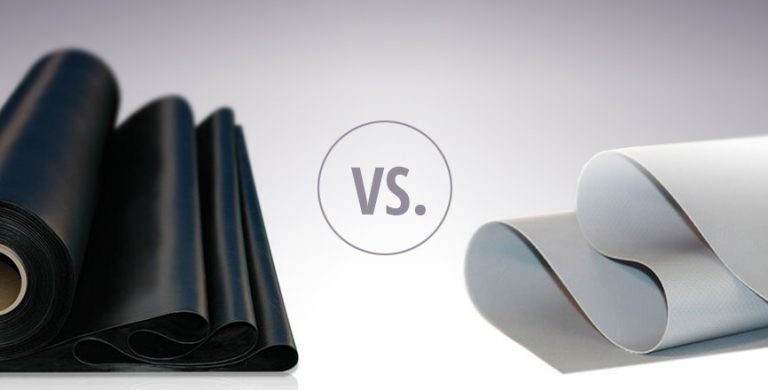Even though we are a full service restoration company focused on roofing, siding, widows, gutters, and doors, we still get more calls regarding roof issues since it’s in our name, Roofing Annex. So let’s take a look at those issues that come up the most for homeowners. If you live in the greater Cincinnati area, our service records show that these are the 4 most common roofing problems that bring the fear-of or actual leaks:
- Clogged Gutters & Downspouts
- Deteriorated Pipe Boots
- Deteriorated Shingles
- Rotten Fascia
Let’s take a look at these issues one-by-one:
Clogged Gutters & Downspouts
Debris reacts with water to form sludge in gutters that can reduce the lifespan by overburdening with weight and corrosion. If overflows occur water can penetrate the siding as well. Clogged and overflowing gutters typically need one good windstorm to cause breakages and tear-offs. Simple checks and cleanings in the spring and autumn can make a huge impact. Seeing as how we replace dozens upon dozens of gutters and downspouts in Cincinnati and Dayton every year, we can note that a clog can still happen unexpectedly during a severe storm even if the gutters were recently cleaned.
Read more about knowing when to replace your gutters and downspouts.
Deteriorated Pipe Boots
A vent pipe boot is a type of roof flashing that consists of a metal or plastic base with a rubber, dome-shaped boot that fits snugly over a plastic vent pipe. The base lies flat against the roof with its top portion covered by the shingles above to shed water. The most common failure with this type of flashing occurs when the boot cracks or peels away from the pipe allowing water to penetrate the roof. The rubber boots deteriorate quicker in areas like Cincinnati due to our annual shift it temperatures along with sun exposure. Replacement is typically easy and inexpensive. We always advise replacing all boots if one fails. Note that a failed boot will always result in a leak as the pipe is always protruding through a hole in the decking for water to run through.
Deteriorated Shingles
Where you live has a lot to do with how long your roof lasts. The Cincinnati to Columbus area is in a zone that sees a good deal of pounding windstorms, several inches of snow accumulation, hot summers, and a fair amount of hailstorms producing hailstones in excess of an inch in diameter. This harsher weather means that we in Cincinnati will be lucky to see more than 30 years out of our roof while the same roof in California will see 10 to 30 more years. This is based on the average roof warranty of 40 years for a dimensional asphalt shingle but the concept applied to other roofing types. Hence, it’s wise to use solid products with the longest lifetime warranty available. This is why Roofing Annex gives its clients, free of charge, the coveted Silver Pledge Warranty on all GAF roofs. Our rare designation as a Master Elite Contractor means we can offer this exclusive transferable warranty that backs up all products for 50 years and workmanship for 10! It’s the best deal in the roofing biz!
Back to shingle deterioration…
One of the earliest signs of roofing shingle deterioration is the shedding of granules. The granules that coat the surface of the shingle lose their bond naturally with time in the elements. Next, there are signs of cracking and the shedding of corner tips. Also common is the appearance of staining. This can be caused by several factors but what you’ll see is a lighter or darker patch or patched resembling drapes. Intense hailstorms will knock off granules and also create pock marks. If the amount of damage is intense you can file an insurance claim to repair or replace your roof. Severe hail damage will cause a roofing system to fail sooner than later.
Rotten Fascia
The fascia is a lower part of the roof that covers the eaves. The rain gutters are just below the fascia. Built-up debris above the gutter will contribute to a rotten fascia because the area stays wet and rots. A leaking fascia is important to tend to because it can mean that moisture is getting into the eaves. Mold and rot can spread in humid areas, like Cincinnati, to cause bigger problems. The best time to replace the fascia is when the roof is being replaced.



